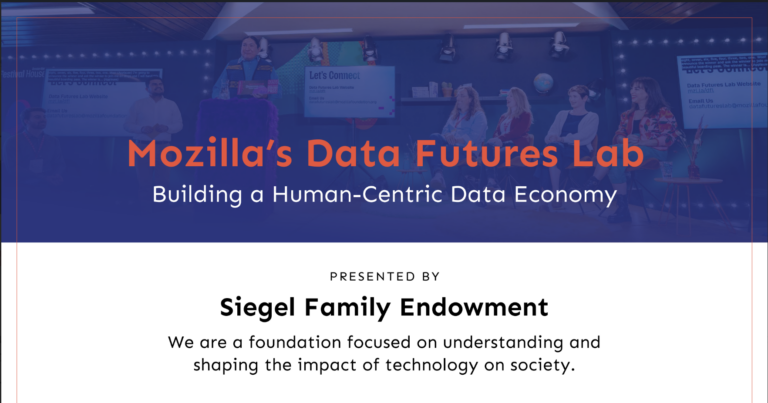Celebrating the impact of the Computing Talent Initiative’s Accelerate program
As computing talent recruitment shifts towards skills-based hiring, companies face myriad challenges – one being the challenges it imposes on diversity and access for low-income students capable of meeting their talent acquisition goals. This both impedes efforts to build inclusive teams, and undermines the potential for innovation and varied perspectives within organizations. It also limits companies’ ability to tap into a wider pool of candidates and find the best-fit talent to drive their goals forward.
The Computing Talent Initiative (CTI), an institute at California State University, Monterey Bay (CSUMB), helps companies address these challenges. CTI’s Accelerate program partners with industry to provide both technical and career development support to computer science students across California, with a particular focus on community colleges and regional public universities.
With an integrated approach to computer science education, the program works to develop a diverse pipeline to industry by providing college students studying computer science with the support necessary to obtain meaningful summer work experiences to complement their in-class learning and prepare them to contribute to the tech sector upon graduation.
By developing capacity at institutions with untapped potential computing talent, investing in quality instruction and applied learning opportunities, and building bridges between this diverse group of computing students and industry, CTI provides a promising path for fostering socioeconomic diversity in a tech sector that often struggles to recruit diverse candidates.
Accelerate’s promise and track record of success in diversifying the talent pipeline was recently awarded $10 million in state funding, which opens the door to expanding the program to many more institutions and students across California. We’re thrilled to have been a partner in this work since 2019, and have supported CTI as they validated their model for larger public commitments like this one.
Read the case study here.





